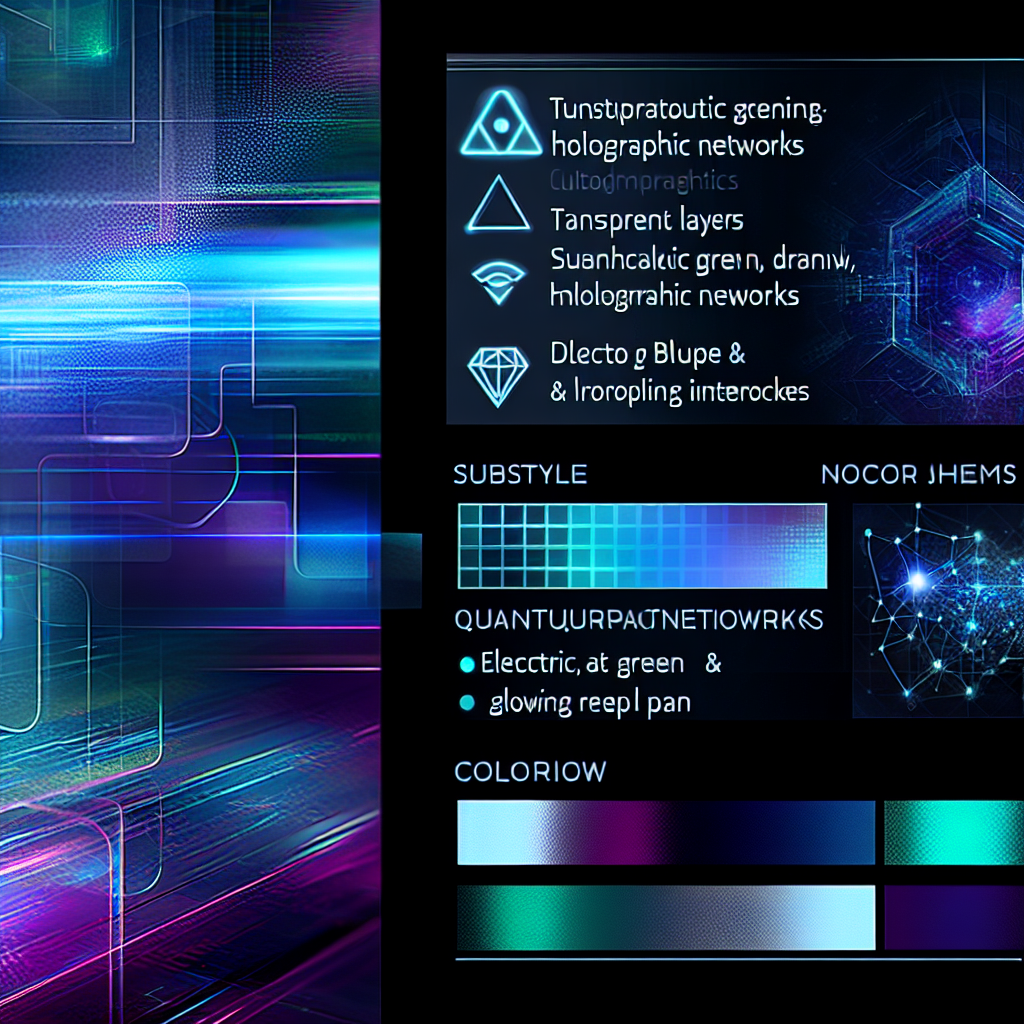The world of cryptocurrency offers a plethora of opportunities, particularly when it comes to altcoins—those digital currencies that exist outside of Bitcoin. As the landscape of cryptocurrency evolves, so too does the importance of altcoins. Each one carries its own unique value proposition, technology, and potential for investment. This article aims to provide a foundational understanding of altcoins, their significance, and a closer look at ten noteworthy options for consideration.
Understanding Altcoins
Altcoins, a term derived from “alternative coins,” encompass all cryptocurrencies other than Bitcoin. While Bitcoin pioneered the concept of digital currency, altcoins have emerged to address various needs and niches within the crypto ecosystem. They range from stablecoins, which aim to maintain a fixed value, to tokens associated with specific applications or platforms. Understanding the different types of altcoins is essential for anyone looking to navigate this complex market.
Types of Altcoins
The altcoin universe can be broadly categorized into several types. First, there are stablecoins, such as Tether (USDT) and USD Coin (USDC), which are pegged to traditional currencies to minimize volatility. Next, utility tokens, like Ethereum (ETH) and Chainlink (LINK), serve specific functions within their respective ecosystems, enabling smart contracts or facilitating decentralized applications. Then, there are governance tokens, which empower holders to participate in decision-making processes within a project. Finally, meme coins, typified by Dogecoin (DOGE), have gained traction largely due to community support and social media trends.
Why Invest in Altcoins?
Investing in altcoins can offer diversification beyond Bitcoin, which, while historically dominant, does not encompass the entirety of the crypto market’s potential. Altcoins may provide opportunities for higher returns, particularly if they represent innovative technologies or services in the burgeoning decentralized finance (DeFi) or non-fungible token (NFT) sectors. However, this potential comes with increased risk, as many altcoins are subject to volatility and market manipulation. As such, a thorough understanding of each coin’s fundamentals is critical.
Researching Altcoins
Diligent research is paramount when considering altcoins for investment. Start by examining the project’s whitepaper, which outlines its objectives, technology, and roadmap. Assess the development team’s credentials and track record, as well as the community’s engagement level. Social media platforms, forums, and specialized cryptocurrency news websites can provide insights into public sentiment and project updates. Additionally, consider the coin’s market capitalization, trading volume, and liquidity to gauge its viability and stability.
The Importance of Market Trends
Staying informed about market trends and technological advancements is essential. The cryptocurrency market is notoriously reactive, with news events and regulatory changes often leading to significant price fluctuations. Understanding the broader economic context, such as inflation rates, interest rates, and geopolitical events, can provide insights into market behavior. Furthermore, monitoring technological developments, such as upgrades or forks, can influence the long-term prospects of specific altcoins.
Top Altcoins to Consider
While the landscape is ever-changing, certain altcoins have consistently attracted attention due to their underlying technology and market potential. Ethereum (ETH) remains a standout, primarily due to its smart contract functionality, which has spurred a wave of innovation in DeFi and NFTs. Cardano (ADA) is also noteworthy, with its focus on sustainability and scalability through a research-driven approach to blockchain development.
Solana (SOL) has gained traction for its high throughput and low transaction costs, making it a compelling choice for decentralized applications. Polkadot (DOT) offers interoperability between different blockchains, enhancing their overall utility. Chainlink (LINK) plays a crucial role in connecting smart contracts with real-world data, making it indispensable for many DeFi projects.
Avalanche (AVAX) has emerged as a strong contender in the smart contract space, boasting rapid transaction speeds and a robust ecosystem. Terra (LUNA) has made a name for itself by integrating stablecoins with a comprehensive payment system, attracting significant user engagement. Lastly, Polygon (MATIC) addresses scalability issues on Ethereum, providing Layer 2 solutions that enhance transaction efficiency.
Evaluating Risks
Despite the allure of altcoin investment, it is crucial to remain cognizant of the inherent risks. The cryptocurrency market is characterized by high volatility, and prices can swing dramatically based on market sentiment or external factors. Regulatory developments can also impact altcoins significantly, with governments increasingly scrutinizing cryptocurrencies. Moreover, the prevalence of scams and low-quality projects necessitates thorough due diligence before any investment.
Creating a Diversified Portfolio
A well-balanced portfolio can mitigate risks associated with individual altcoins. Diversifying investments across various sectors—such as DeFi, NFTs, and stablecoins—can provide a buffer against market volatility. Consider allocating a portion of your portfolio to established altcoins while reserving some funds for emerging projects with potential upside. This balanced approach allows for participation in the growth of established players while maintaining exposure to promising newcomers.
Staying Informed and Engaged
The crypto landscape is dynamic, and ongoing education is vital. Joining online communities, participating in discussions, and attending webinars can enhance your understanding of altcoins and market trends. This engagement fosters a sense of community while enriching your knowledge base. Following reputable sources of information, such as industry news outlets and analysis platforms, is essential for staying current with developments that could impact your investments.
Conclusion
The world of altcoins presents a realm of possibilities for those willing to venture beyond Bitcoin. With a myriad of options available, understanding the fundamentals of each coin, the technology behind it, and the market trends that influence its value is essential. By conducting thorough research, diversifying investments, and remaining engaged with the crypto community, you can position yourself to navigate the complexities of altcoins effectively. While risks exist, the potential rewards can be significant for those who approach the market with caution and insight. In a rapidly evolving landscape, the ability to adapt and learn is your most valuable asset as an investor.


